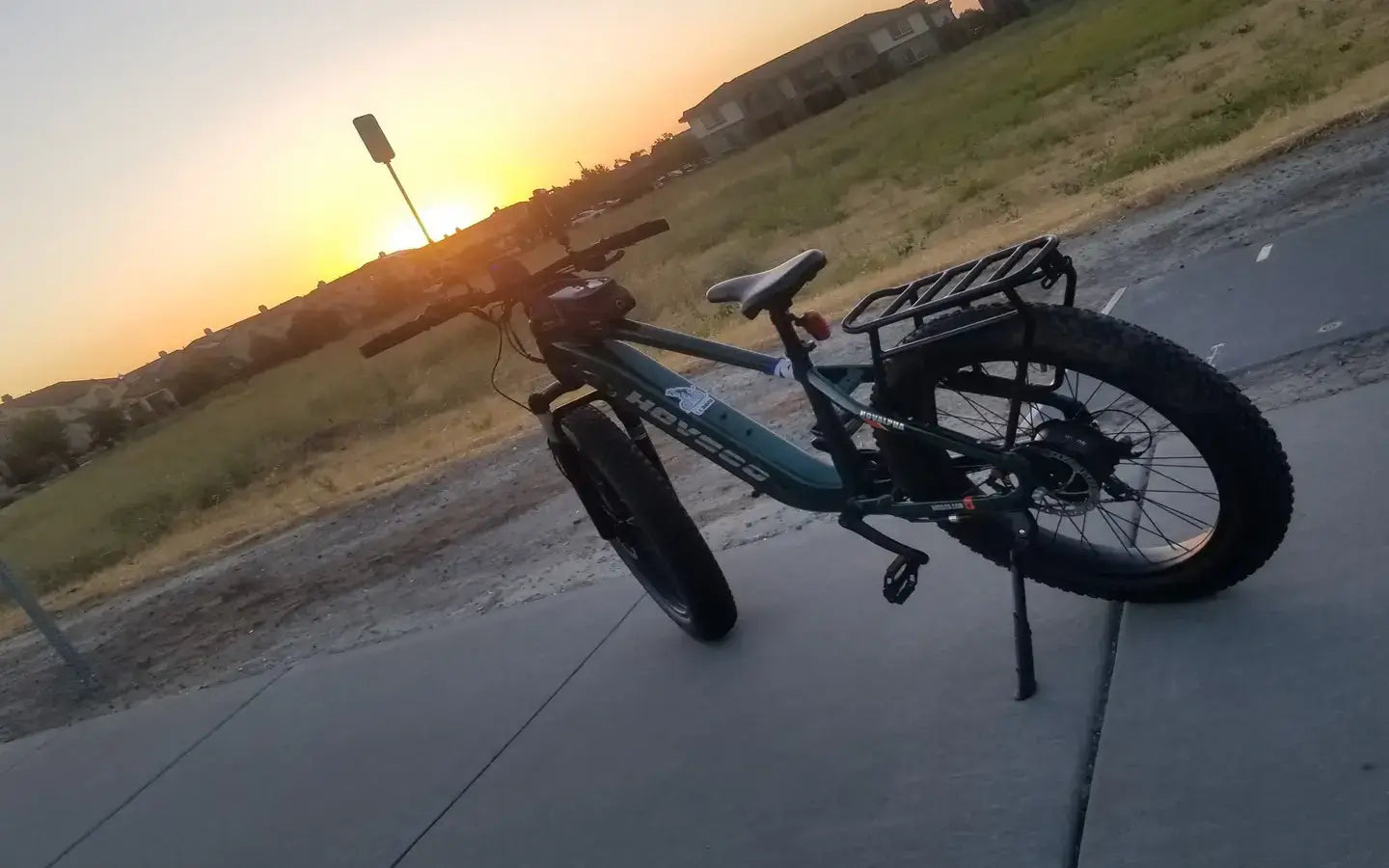
- by LiuJiazhu
Why Are Bike Fenders Essential for Cyclists?
- by LiuJiazhu
Bike fenders, also known as mudguards, are crucial accessories that protect riders and their bicycles from water, mud, and debris kicked up by the tires. They help keep your clothes dry and your bike cleaner, especially in wet or muddy conditions. Fenders come in various materials and designs, offering full or partial coverage to suit different bike types and riding styles. Installing bike fenders enhances comfort and bike longevity, making them indispensable for commuters and adventure riders alike.
Bike fenders come in full-coverage, partial, and clip-on types. Full-coverage fenders provide maximum protection from mud and water, ideal for commuting. Partial fenders cover only the top of the wheel, offering lighter weight and easier installation. Clip-on fenders are temporary and portable, suited for occasional use in wet conditions.
Bike fenders vary primarily by coverage, material, and mounting style:
Select fenders based on your bike type, tire size, and riding conditions. Full-coverage fenders suit road and commuter bikes, while mountain bikes often use partial or clip-on fenders for clearance. Consider material, weight, and ease of installation. Proper fit ensures effective splash protection without interfering with brakes or tires.
Selecting bike fenders depends on your bike’s wheel size, tire width, brake type, and riding conditions:
Top models like SKS Bluemels, Planet Bike Cascadia, and Topeak DeFender provide durable materials, excellent coverage, and reliable mounting systems. These fenders balance weight, durability, and cost, offering strong protection against water and debris, making them favorites among commuters and casual riders alike.
Here is a comparison of popular bike fender models highlighting their features:
| Model | Wheel Size | Material | Coverage | Mounting Type | Price Range | Notable Features |
|---|---|---|---|---|---|---|
| Planet Bike Cascadia | 700c | Polycarbonate | Full | Eyelets and clamps | Mid-range | Easy install, stainless hardware |
| SKS Bluemels | 26", 24", 20" | Aluminum | Full | Eyelets | Mid to High | Classic look, durable |
| Velo Orange Full Coverage | 700c, 650b, 26", 20" | Metal | Full | Eyelets | Premium | Wrap-around design, long mudflaps |
| BBB SlimGuard | Various | Plastic | Partial | Brake caliper mounts | Budget | Lightweight, quick install |
Correct installation ensures that bike fenders provide optimal protection without interfering with wheel rotation or braking. Secure mounting reduces rattling and prevents damage from debris. Many fenders come with pre-installed hardware and adjustable stays to fit various frames. For bikes without eyelets, fast-mount or clamp-on fenders offer versatile solutions. Regular maintenance includes checking bolts and alignment to maintain performance and safety.
When purchasing bike fenders, prioritize compatibility with your bike’s wheel size, tire width, and brake system. Full-coverage fenders are best for wet climates and daily commuting, while partial fenders suit lighter protection needs. Materials like aluminum and polycarbonate balance durability and weight. Consider ease of installation and availability of mounting points. Brands like HOVSCO emphasize safety and durability, offering innovative designs that blend protection with style. Always verify warranty and customer support to ensure long-term satisfaction.
“HOVSCO understands that bike fenders are more than just accessories—they are essential for rider comfort and bike maintenance. Our designs focus on maximizing coverage while minimizing weight and installation complexity. We use durable materials and secure mounting systems to keep riders dry and bikes cleaner, even in challenging weather. Investing in quality fenders extends your bike’s life and enhances every ride, whether commuting or exploring.” — HOVSCO Product Specialist
Q: Can I install bike fenders on any bicycle?
A: Most bikes can accommodate fenders, but compatibility depends on frame clearance, wheel size, and brake type. Some models are designed for bikes without mounting eyelets.
Q: Do bike fenders affect riding performance?
A: Properly installed fenders add minimal weight and do not significantly impact performance but greatly improve comfort and cleanliness.
Q: How do I maintain my bike fenders?
A: Regularly check mounting bolts, clean mud and debris, and inspect for damage to ensure continued protection and safety.
Q: Are metal fenders better than plastic ones?
A: Metal fenders offer durability and classic aesthetics but may require more maintenance; plastic fenders are lightweight and flexible but can be less sturdy.
Q: Can bike fenders protect other riders in a group?
A: Yes, full-coverage fenders reduce spray that can hit riders behind you, making them essential for group rides in wet conditions.
Share:
Which Ebike Shops Near Me Offer Free Maintenance Services?
How To Securely Install A Kid Seat On An Electric Bike?